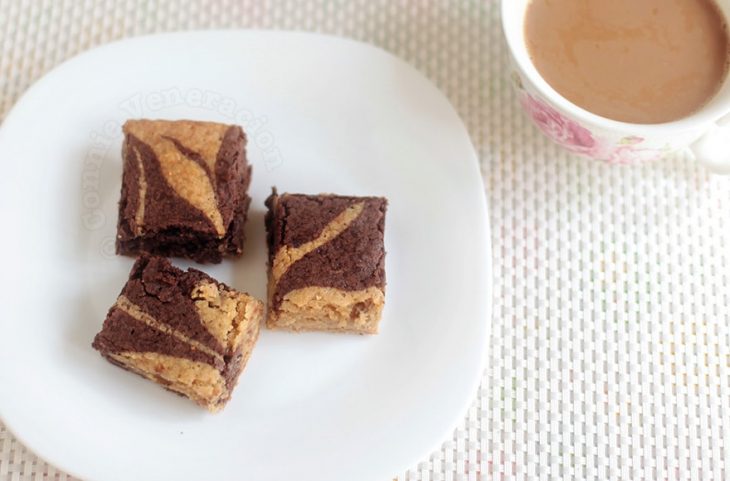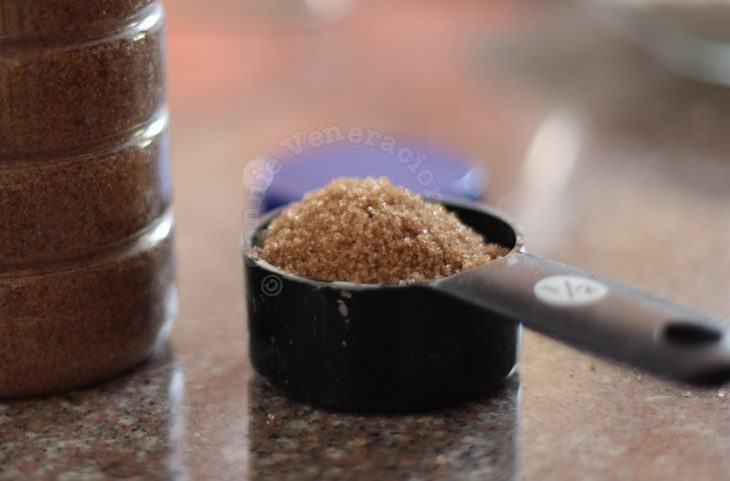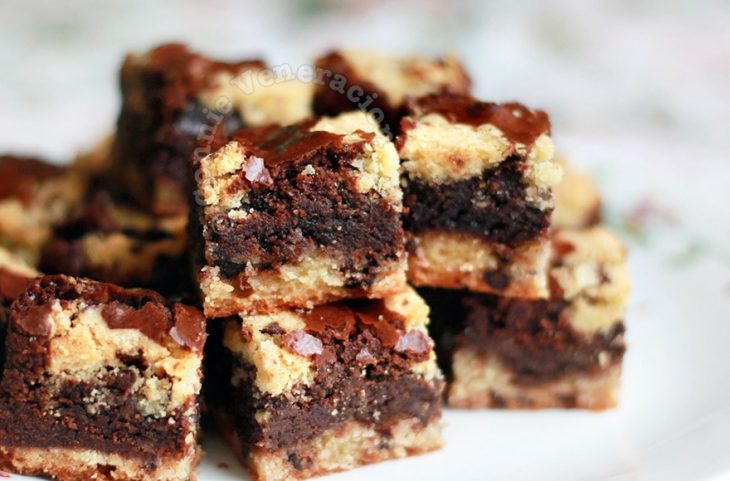I am not a fan of cake-like brownies. I don’t see the point in having a brownie if it would taste like cake anyway. I might as well have a slice of real chocolate cake. I prefer my brownie to be dense and fudgy — the way they’re meant to be.

After all, a brownie is not a cake but something between a cookie and a cake. A cookie bar, to be more precise. I like my brownie to have a dry and flaky top, moist inside and rather chewy.
There are bakers who try to achieve the soft and moist texture by underbaking the brownies by five minutes or so. When chilled afterward, the brownies never turn into something cake-like because the batter was never allowed to reach the fully baked stage. The problem with this technique is that as the brownies reach room temperature, they lose the chewiness and turn soft — press the brownie between you fingers and you have semi-baked batter. I know because it’s a technique that I used to employ. Not anymore.
Over the years, I have come to realize that the fudginess or chewiness is a product of three things, and underbaking is not one of them:
1. The amount of chocolate or sugar, or both, in the batter.
2. The amount of flour in the batter.
3. The proportion between the flour and the chocolate / sugar.

In a nutshell, the more flour you add, the more cake-like the result. Less flour and more chocolate and sugar, or both, and you get a more chewy result. That’s why it is so much easier to bake chewy and moist butterscotch brownies than it is to bake chocolate fudge brownies. The huge amount of brown sugar in butterscotch brownies does the job perfectly.
Meanwhile, with chocolate fudge brownies, it becomes trickier especially if using cocoa powder instead of melted good quality chocolate. And that’s really the thing. A lot of commercial brownies are baked with cocoa powder rather than melted chocolate. It’s really about keeping the cost down. Sellers want their brownies priced low to make it more attractive to buyers and cocoa powder is far less cheaper than good quality dark chocolate.
The thing is, cocoa powder does not have the cocoa butter that chocolate has. Chocolate is made up of cocoa solids and cocoa butter. Cocoa powder is made from cocoa solids. In order to successfully substitute cocoa powder for chocolate, you need to use more fat which, in baking, usually comes in the form of butter. But commercial bakers know that more butter means jacking up the cost. So, they don’t increase the amount of butter. The result? Brownies with a cake-like texture.
If you’re a homebaker who wants to bake good brownies but you 1) want to keep the cost down by using cocoa powder instead of chocolate, or 2) the process of melting chocolate still intimidates you, there is a proper substitution technique. Here are formulas found on the web:
- How to use cocoa as a chocolate substitute
- Ingredient substitution
- Substituting cocoa powder for unsweetened chocolate
- Chocolate Substitution Chart – How To Substitute Chocolate
And… some recipes for really chewy, fudgy brownies:
